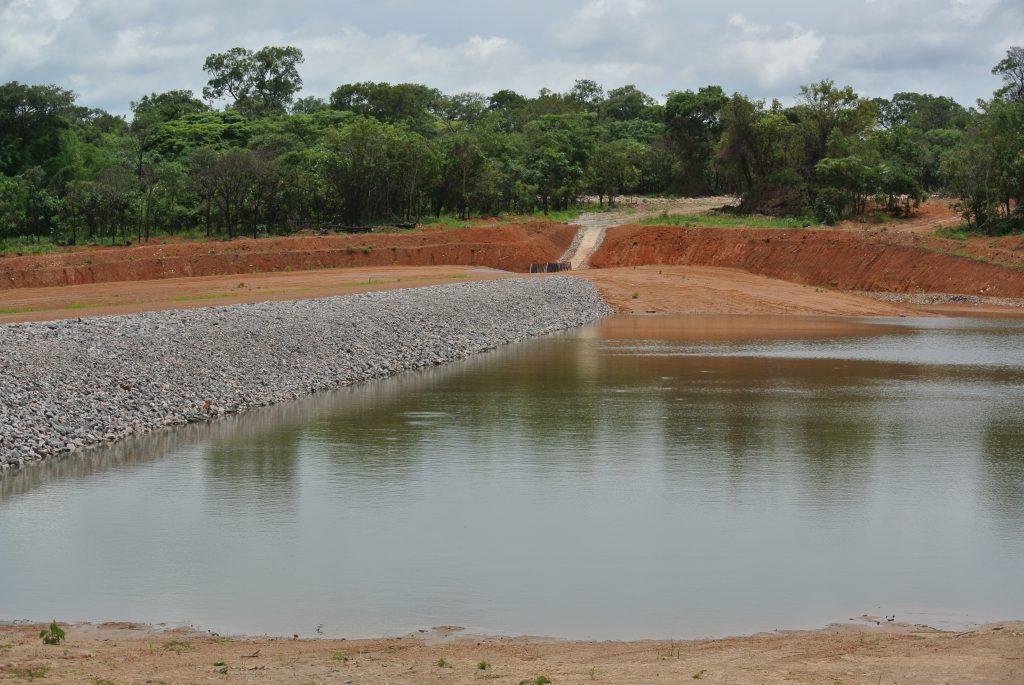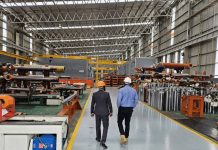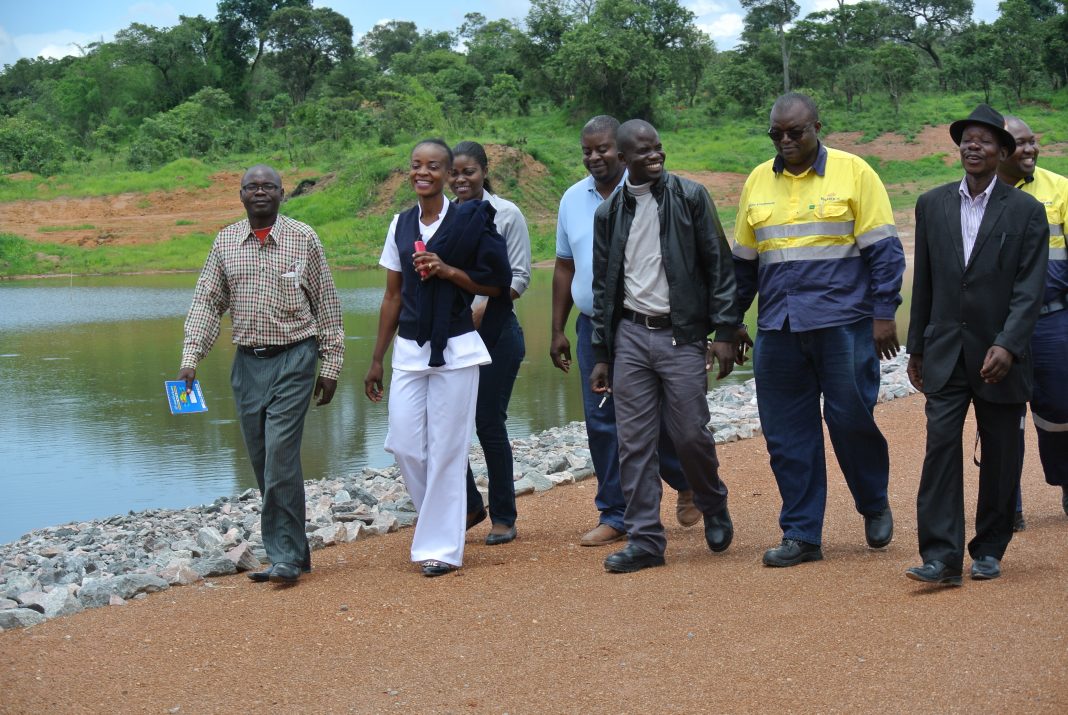When Barrick Lumwana Mine agreed to build a new $5.5million dam on the Lumwana East River to provide clean drinking water for farmers and livestock, they had no idea it would end being much more.
“Initially, there were some concerns from the community about the impact of the dam on their homes,” recalls Chris Mukala, Sustainability Manager at Barrick Lumwana. “We consulted with the community and completed the project. Now, the benefits are becoming apparent, people are saying it’s too small, and that we should have built a bigger dam!”
The value of land around the dam has increased as its economic potential has become more and more apparent: irrigated farmland will permit the growing of crops; fish from the dam represents a potentially lucrative food-business opportunity; and tourist lodges can be built overlooking the dam.
The dam has the potential to boost local tourism, create a small fish industry and create job opportunities in the community.
“Many people are now interested in acquiring plots in the area, and the town council is working with other stakeholders to determine pricing, plot sizes and tender procedures.”
Given the recognised benefits the dam is bringing to the area, it is ironic that it came about not as a grand project deliberately planned by economists, but as a response to a perceived water-quality problem.
The local community had been complaining that the water from the Lumwana East River was not clean enough for livestock roaming on its banks, because it is used in Barrick’s mining operations. However, Barrick’s own testing, independently confirmed by the Zambia Environmental Management Association, showed that the water was clean and safe. However, the community was not convinced, so Barrick decided to address their concerns.
A two-pronged course of action was embarked upon that went beyond the community’s initial concerns, and sought to address the general issue of water quality in the area.
Long before Lumwana Mine started operating in 2009, the soil in the region had always been known to have a high iron content, which affects the quality of water from the community’s traditional wells. So, Barrick’s first course of action was to sink five new boreholes in the area, treat and filter the water, and pump it into large water kiosks by way of solar-powered pumps. The kiosks supply a central water “shop” with its own tap, where community members can come and fill their containers with clean water for a nominal fee.

The most immediate effect of the cleaner water has been a dramatic reduction in the incidence of water-borne diarrheal diseases. According to a nurse who works at a local clinic in the area, the number of cases has gone down from around 15 a day to barely three.
The second aspect of the Barrick programme was to provide a large body of drinkable water for livestock roaming in the area, and a dam was shown to be the most appropriate solution. A wall, spillway and bridge were constructed across a point of the Lumwana East River. This has allowed some 250 000 cubic metres of water to dam up to a depth of up to 9 metres and cover a portion of the surrounding land. The new body of water will be stocked with small fish known as fingerlings, which will eventually grow to a size that will provide a sustainable source of protein for the local community.
The dam project was done in close cooperation with the Ministry of Agriculture, which has provided locals with advice on how to maximise its agricultural potential and ensure the sustainability of the fish population.
Mukala is excited about the economic potential of the new dam. “It means you can pump water into surrounding farmland, make canals and irrigation schemes, and create blocks of farmland capable of producing crops to supply the community and even the mine,” he says. “The dam has the potential to boost local tourism, create a small fish industry and create job opportunities in the community.”
Eventually, with the construction of the necessary piping and infrastructure, the dam could even supply water to the local community so that they no longer have to rely on boreholes and wells for their everyday supply. “The potential is there,” says Mukala.
They say that in every problem there is opportunity; Barrick’s innovative response to the community’s concerns around water quality is a timely reminder of that.
See also: Cashing in on green charcoal

























